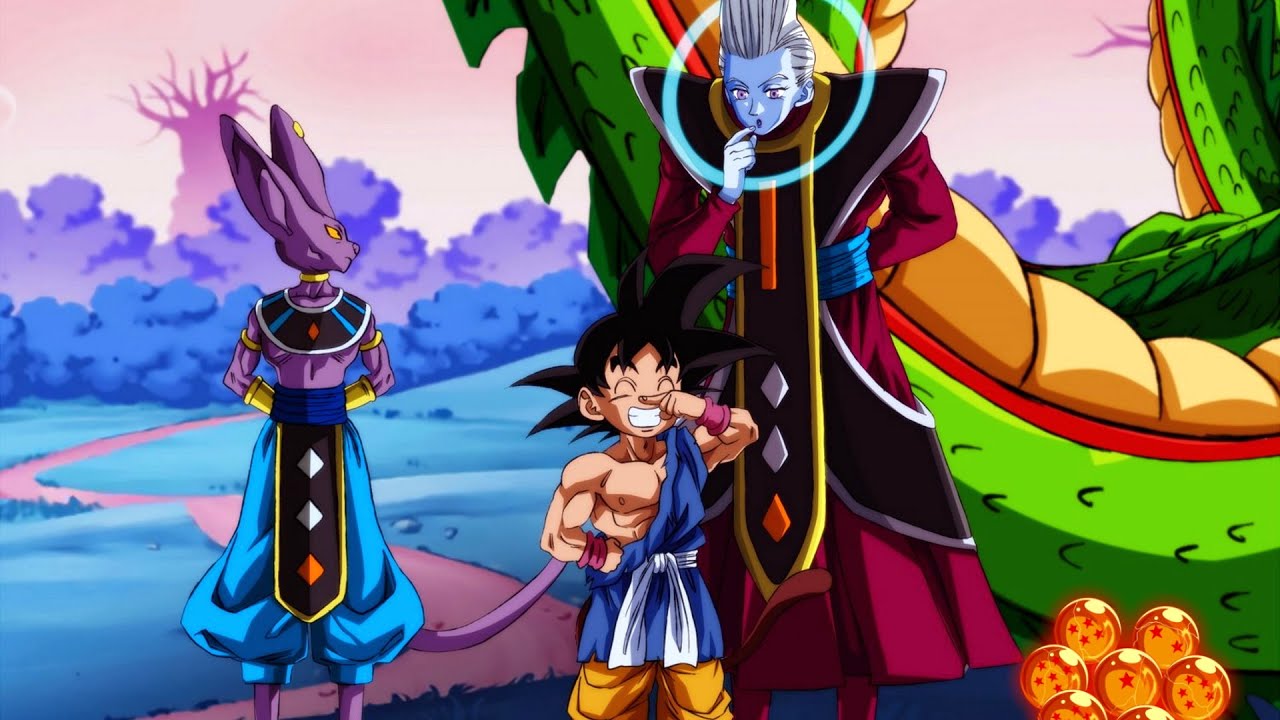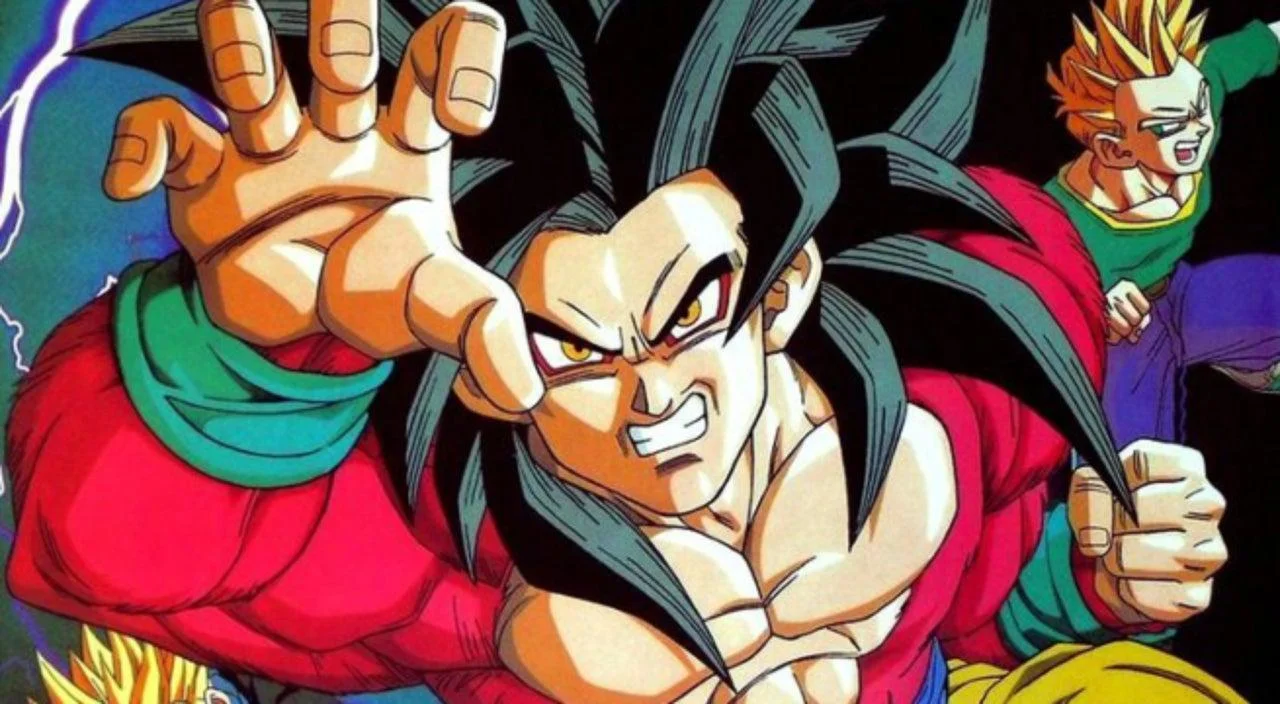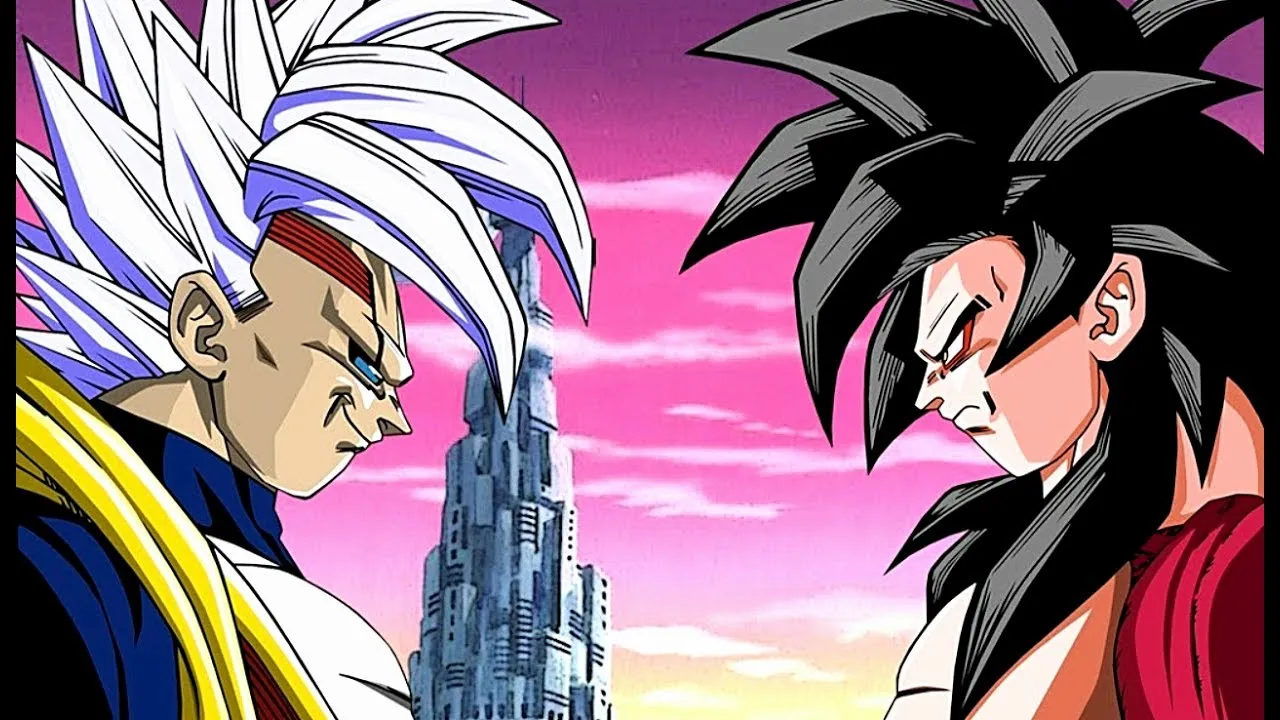The Dragon Ball universe has always sparked vibrant discussions among its fan base, but none quite as contentious as the debate over Dragon Ball GT’s canonical status. This debate has become even more intriguing with the introduction of Dragon Ball Super into the franchise’s lore.

Dragon Ball GT: A Polarizing Legacy in the Dragon Ball Saga
Dragon Ball GT, a crucial yet controversial segment of the Dragon Ball narrative, has often divided the fan community. Despite its divisive nature and lack of direct involvement by series creator Akira Toriyama, both Toriyama and Shueisha have deemed Dragon Ball GT canonical. This acknowledgement places GT in a unique timeline, distinguishing it from the events of Dragon Ball Super, yet firmly entrenching it within the broader Dragon Ball universe.
The anime world, especially within the shōnen genre, is notorious for its fluid interpretation of canon. Shows often introduce alternate universes, ambiguous movie tie-ins, and supplementary materials that blur the lines of their central narratives. This ambiguity is exemplified by Dragon Ball GT, an anime-only series that followed the conclusion of Dragon Ball Z.
Dragon Ball Daima 🤝🏻 Dragon Ball GT pic.twitter.com/nGPeifIoQ5
— GT Enthusiast (@GToverSuper) January 2, 2024
The Unique Position of Dragon Ball GT in the Franchise
Dragon Ball GT has often been seen as the black sheep of the Dragon Ball family, primarily due to its divergence from Akira Toriyama’s direct influence. The series, conceptualized by the Toei Animation team, embarked on an original storyline using established Dragon Ball characters. Although Toriyama contributed some character designs and coined the title ‘GT’ (Grand Tour), the series was not based on any of his manga works. This detachment from the creator’s direct input is a key factor in the ongoing debate over its canonical status.

The narrative of Dragon Ball GT is centered around a rejuvenated Goku, along with his granddaughter Pan and Trunks, as they traverse the universe in search of the Black Star Dragon Balls. The series aimed to recapture the adventure-centric spirit of the original Dragon Ball, balancing this with the heightened action characteristic of Dragon Ball Z. Despite its creative efforts, GT faced criticism for its perceived inability to seamlessly integrate these two distinct styles of storytelling.
Notwithstanding its mixed reception, Dragon Ball GT introduced elements that have resonated with the fan base, such as the Super Saiyan 4 transformation and its memorable soundtrack. However, its overall impact in Japan was less favorable compared to other entries in the Dragon Ball series, with criticisms focusing on its rehashed narratives and lack of originality.
The Official Stance: Dragon Ball GT’s Place in Canon
The conundrum of Dragon Ball GT’s canonical status can be clarified by examining official timelines provided in various Dragon Ball publications, such as the Chouzenshuu 4: Dragon Ball Super Encyclopedia and the Akira Toriyama: The World of DRAGON BALL art exhibition. These timelines, endorsed by both Akira Toriyama and Shueisha, solidify GT’s place within the Dragon Ball chronology, specifically between the ages of 789 and 889 in the Dragon Ball calendar.
The existence of these timelines challenges the notion of GT being non-canon. The series’ unpopularity might be a factor in this perception, as fans often prefer to dismiss less favored segments of a franchise. However, the emergence of a multiversal concept within the Dragon Ball world, as seen in series like Daima and Super Dragon Ball Heroes, allows for a broader interpretation of GT’s canonical validity.

Embracing the Multiverse: Dragon Ball GT’s Canonical Existence
For fans struggling to accept Dragon Ball GT as a canonical entity, the concept of a multiverse within the Dragon Ball universe offers a resolution. This approach acknowledges GT as a legitimate part of the franchise while respecting individual preferences within the fan community. Akira Toriyama’s long-standing recognition of GT and the effort of Dragon Ball Super to bridge narrative gaps further cement GT’s status as a canonical series.
Despite the mixed reactions it has elicited, Dragon Ball GT holds a definitive, albeit unique, position in the Dragon Ball canon. It represents a distinctive chapter in Goku’s saga, one that continues to spark debate and discussion among fans and critics alike.










